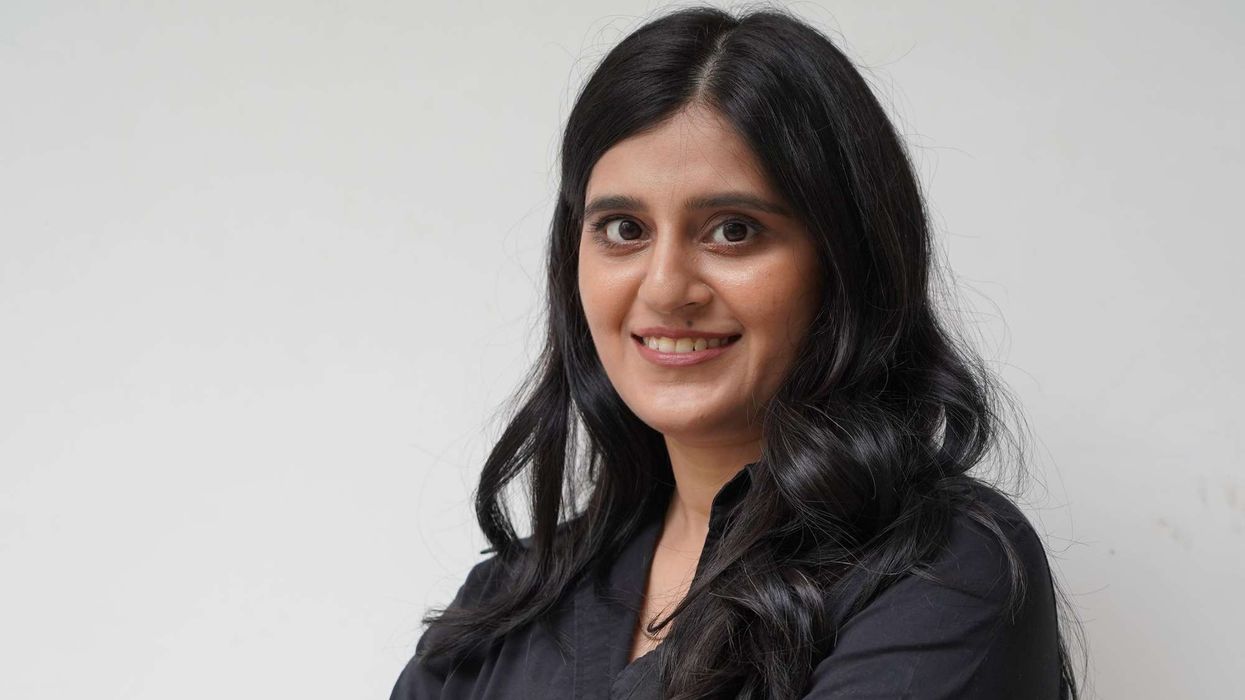Eli Lilly has launched its highly anticipated diabetes and weight-loss medication, Mounjaro, in India, marking the company's entry into the country’s rapidly growing market for treatments tackling obesity and diabetes. The U.S.-based pharmaceutical giant has outpaced Danish competitor Novo Nordisk, becoming the first to offer such a drug in India.
Mounjaro, a once-weekly injection known chemically as tirzepatide, has been approved by Indian drug regulators. The medication is priced at 4,375 rupees (£41) for a 5 mg vial and 3,500 rupees (£33) for a 2.5 mg vial. Its highest dose is 15 mg. A monthly course at the 5 mg dose will cost Indian patients around $200 (£164), based on a doctor’s prescription.
This price point is significantly lower than in the U.S., where Mounjaro costs $1,086 (£876) per month. However, the actual price U.S. patients pay can vary based on their insurance plans. Additionally, Eli Lilly offers Zepbound, another version of the drug marketed for obesity treatment in the U.S., at a price of $499 (£402) per month for those without insurance.
Pricing concerns and market entry
While Eli Lilly has secured the first-mover advantage in India, industry analysts are raising concerns about the affordability of Mounjaro for Indian consumers. Vishal Manchanda, an analyst at Systematix Institutional Equities, pointed out that the drug’s highest dose could cost patients close to 700,000 rupees (£5,800) annually. "The first-mover advantage is significant, but the pricing may prove steep for the Indian market," Manchanda said.
Eli Lilly has responded by stating that pricing across different countries is difficult to compare due to variations in healthcare systems, economies, and reimbursement policies. The company’s Mounjaro is already available in the UK and Europe for both diabetes and weight loss.
Novo Nordisk to follow suit
Novo Nordisk is expected to launch its rival drug, Wegovy, in India by 2025, although no confirmed release date has been announced. While Wegovy has been approved by Indian regulators, the company has not provided an official timeline for its entry into the market. In the U.S., Wegovy can cost uninsured patients over $1,000 (£805) per month, making it one of the most expensive weight-loss medications available.
Following the news of Mounjaro’s Indian launch, Eli Lilly’s shares rose by up to 2.07%, reaching $854.39 (£689) on Thursday. Meanwhile, Novo Nordisk’s stock fell by 0.6% and has declined by more than 12% since the start of the year. Eli Lilly, on the other hand, has seen its shares rise by 8% this year, reflecting investor optimism around its innovative treatments.
Local competition in India
Aside from competition with Novo Nordisk, Eli Lilly is likely to face challenges from Indian pharmaceutical companies like Sun Pharma, Cipla, Dr. Reddy's, and Lupin. These domestic drugmakers are racing to produce generic versions of weight-loss medications to claim a share of the global market, which is estimated to be worth $150 billion (£119 billion) over the next decade.
India, the world’s most populous nation, is witnessing a surge in cases of obesity and diabetes, creating a significant demand for effective treatments. With its early introduction of Mounjaro, Eli Lilly is well-positioned to tap into this emerging market, addressing the growing healthcare needs of Indian consumers.
As demand for weight loss and diabetes medications continues to rise, the competition in India is expected to intensify, with global pharmaceutical giants and local manufacturers vying for a piece of the lucrative market.













